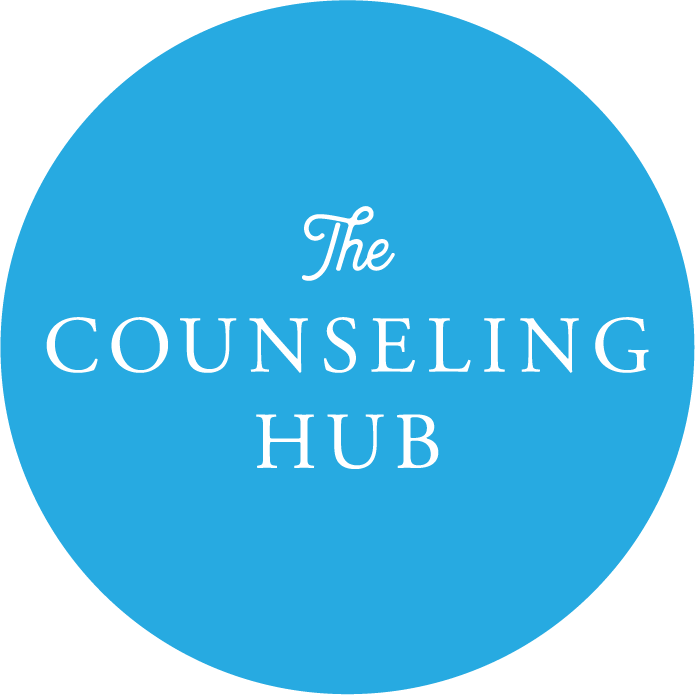Just as a quick little refresher on Neurofeedback, it is the technique of making brain activity perceptible to the senses in order to consciously alter the brain’s activity. We like to use the example of the brain being a guitar and Neurofeedback being a tuning device. The whole objective is to get your brain waves back on track so your brain waves are back to playing beautiful harmonious chords. To learn a bit more her is our What is Neurofeedback blog where our technician Michelle talks about it more!
A Quick Anxiety and Depression Deep Dive Through a Neurofeedback Lens
The brainwave that is normally associated with anxiety is high beta. This is usually an overactivation of the right hemisphere (side) of the brain. The right side of the brain pertains to creativity, music, intuition, non-verbal memories, and spatial/social awareness. It’s the place in the brain where it sees the “big picture”. When it is overactivated, this is when your mind can go down a rabbit hole of “what if” type anxiety symptoms.
Depression is usually an under activation of the left hemisphere (side) of the brain. The left side of the brain pertains to logical thinking, math, problem solving, verbal memory, and language abilities. With depression there is typically a reward deficiency. This detail oriented side being so under activated and under rewarded is where symptoms of depression start to arise.
How Can Treatment Help Anxiety?
Neurofeedback treatment can ease anxiety symptoms by regulating breathing rate, decreasing heart rate, and relaxing the muscles. Your overall mood should become more calm and pleasant. There is also an increased sense of alertness while still maintaining a relaxed state of mind.
How Can Treatment Help Depression?
Depression is harder to explain as Neurofeedback is not a “cure” and it can’t make depression go away. However, it can help everyday life feel less heavy. Receiving Neurofeedback treatment for depression can help provide a sense of calm, alertness, self-awareness, and promote deeper sleep.
How Soon Will I See Results?
In order for Neurofeedback to work most efficiently, sessions should be at least twice a week. Results will vary as each individual is unique, but if you are having sessions at least twice a week you can see results as early as the 4th visit. For some, results may take a bit longer to become apparent and they will be seen around the 7th visit. Beyond maintaining a consistent treatment schedule, working on techniques outside of your Neurofeedback sessions will play a big role in between your appointments. Practicing what you learn in sessions can also enhance your results.
